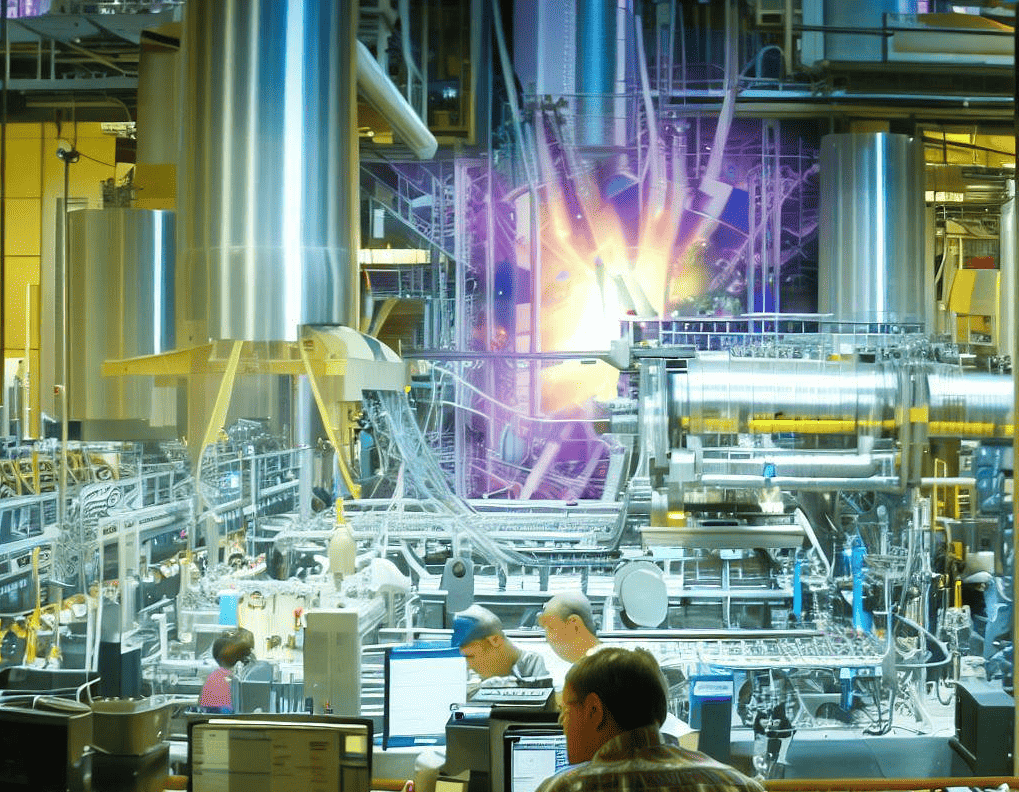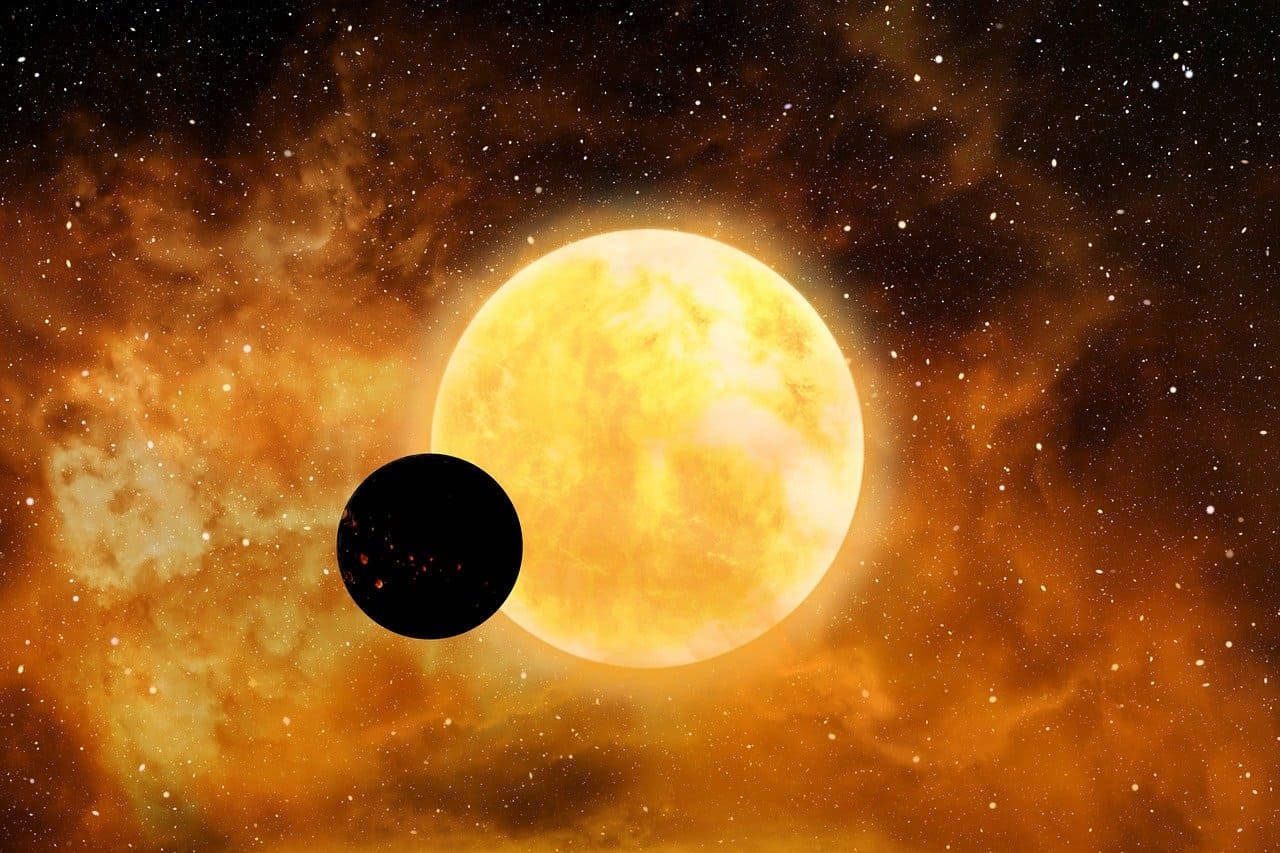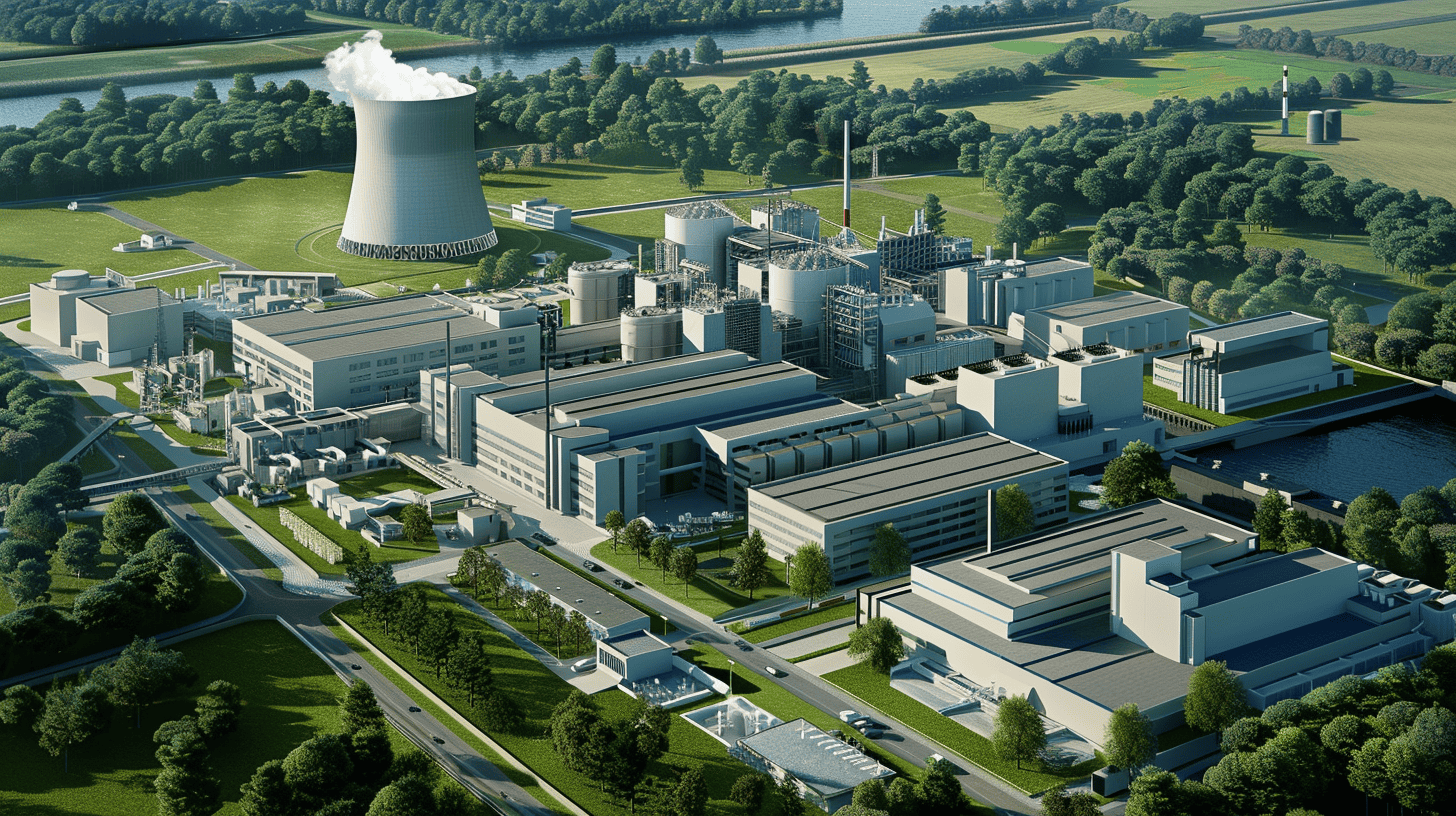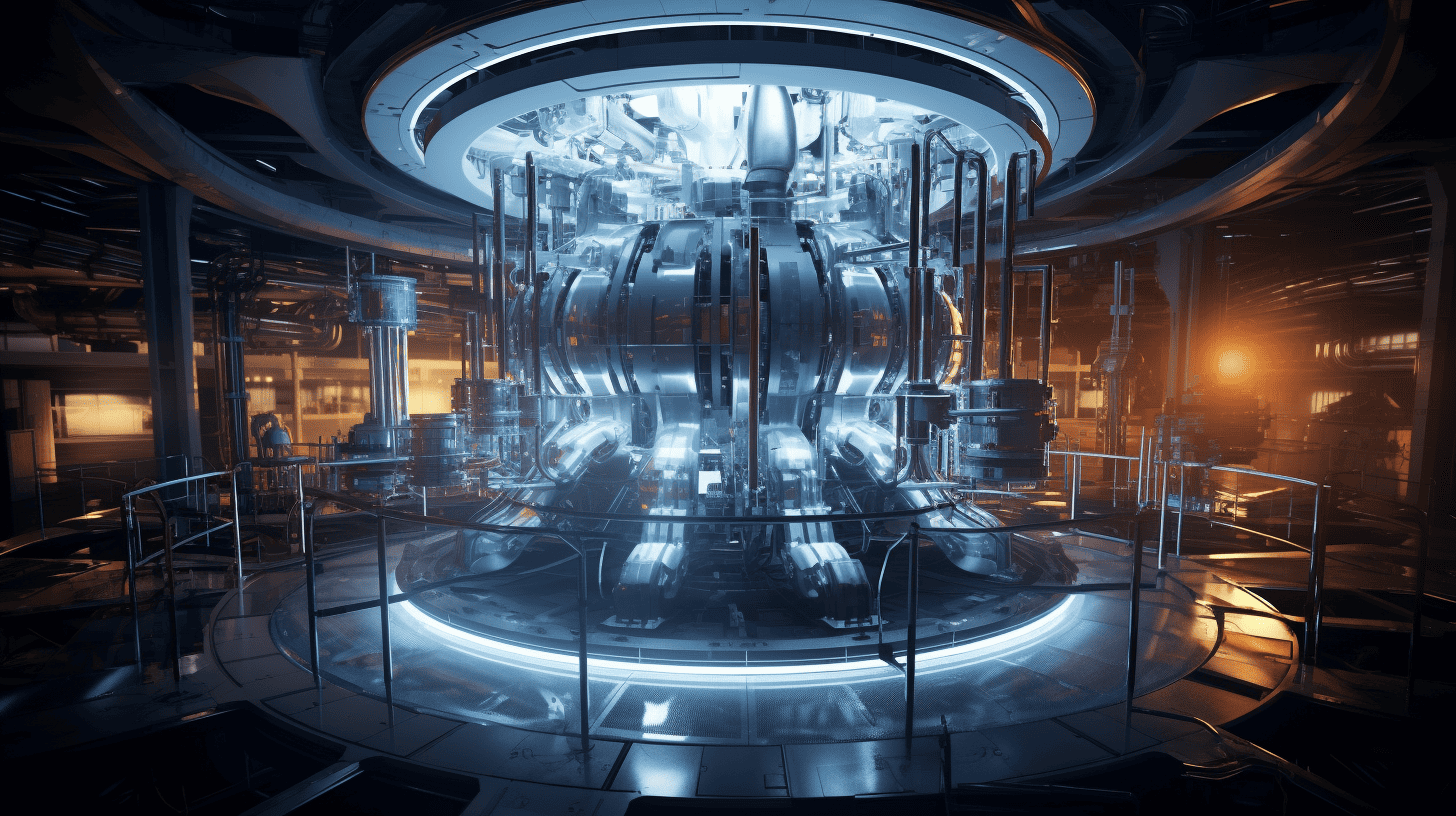
Researchers at the Joint European Torus (JET) facility set a new world energy record of 69 megajoules in sustained and controlled fusion energy. High fusion power was consistently produced for five seconds, using 0.2 milligrams of fuel – as heavy as a fruit fly. The announcement came during a press conference organized by the UK Atomic Energy Authority (UKAEA).
Why you need to know this
Nuclear fusion promises to generate power with inexpensive materials. Significant breakthroughs have been achieved in the past few years; the one at JET is the last on the list.
Fusion is a form of energy generated by combining atomic nuclei at very high temperatures. This powers stars like the sun. Whereas conventional nuclear power plants leverage fission, which splits atoms, fusion energy generates power by the union of hydrogen isotopes – variants of hydrogen with a different number of neutrons, subatomic particles with a negative charge. Deuterium and tritium were the hydrogen isotopes used for this experiment, which was carried out last October.
JET is one of the world’s largest fusion machines. Built by Europe in Culham, UK, it has been used collaboratively by EUROfusion researchers for 40 years. The Dutch Institute for Fundamental Energy Research (DIFFER) is also part of the European consortium. JET ceased operations at the end of 2023, and it’s now being repurposed and decommissioned after being acquired by UKAEA.
The experiment
The experiment involved heating deuterium and tritium at very high temperatures until they formed a plasma. Plasma is the fourth state of matter, where matter particles are ionized, meaning they have lost their positive and negative electrons. JET can create plasmas reaching temperatures of 150 million degrees Celsius, ten times hotter than the sun’s center. This process produced helium and 69 megajoules of energy, the equivalent of about 19 kWh, or 19 washing machines. This amount of energy is the same that would be obtained by burning two kilograms of coal.
Moreover, the experiment proved to produce power consistently for five seconds. The new achievement by the EUROfusion team breaks their previous world records of 59 megajoules (2022) and 22.7 megajoules (1997), which were also set at JET. The scientists at JET could reliably reproduce the necessary fusion conditions for the new record in multiple experimental pulses, demonstrating understanding and control over fusion processes.
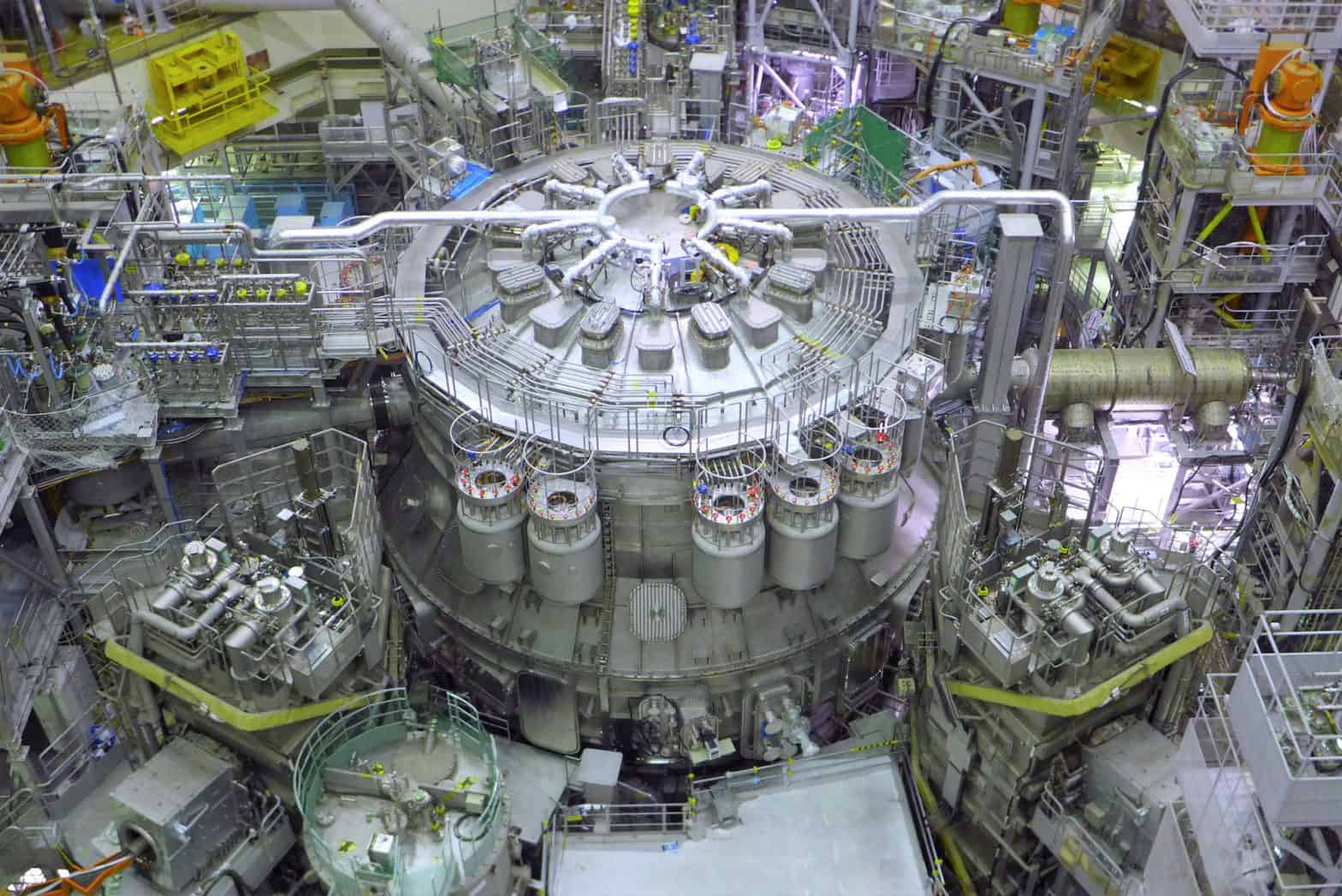
Wider impact
Professor Ambrogio Fasoli, Programme Manager (CEO) at EUROfusion, said: “Our successful demonstration of operational scenarios for future fusion machines like ITER and DEMO, validated by the new energy record, instill greater confidence in the development of fusion energy. Beyond setting a new record, we achieved things we’ve never done before and deepened our understanding of fusion physics.”
JET’s legacy is fundamental for other research initiatives. ITER is a joint initiative by 35 countries building the world’s largest tokamak, a magnetic fusion device, in Southern France to prove the feasibility of fusion as a large-scale and carbon-free energy source. The tokamak design uses powerful magnetic fields to confine a plasma in the shape of a doughnut.
Although the start of ITER operations is not defined yet, scientists involved in the JET experiment are now analyzing and understanding data. All the insights gained are considered valuable and instrumental for the upcoming fusion research developments, as Europe aims to have an operational nuclear fusion plant.



